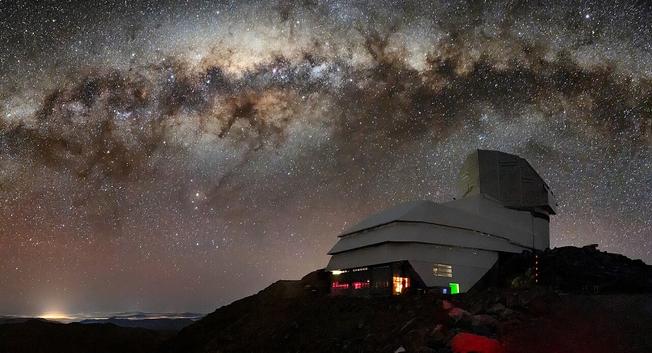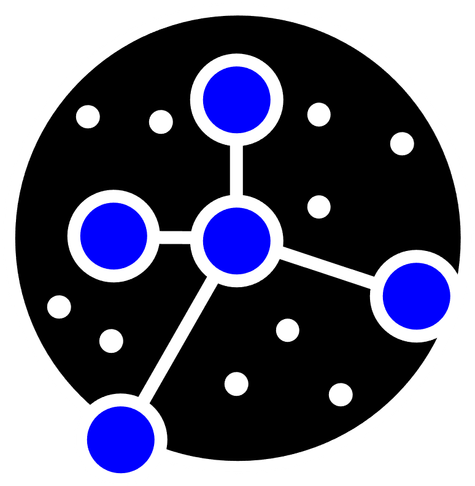Dr. Ariel Graykowski is a Postdoctoral Fellow focused on the astronomy of small bodies, working with citizen scientists to monitor cometary activity through the Unistellar Network.
She graduated with her PhD in geophysics and space physics from UCLA's EPSS department, where she studied the properties of the irregular satellites of the giant planets as well as fragmenting comets.
Learn more: https://www.seti.org/people/ariel-graykowski/





